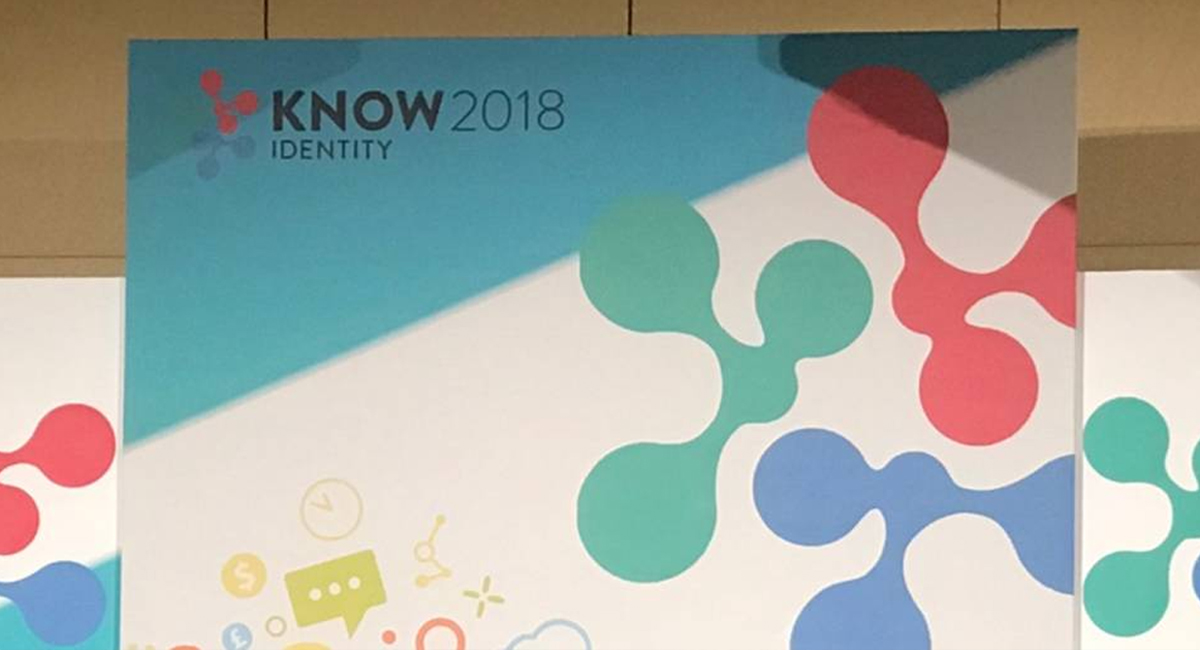
June 4, 2018 | Veratad Blog | Category: Veratad Technologies Blog
The Bread and Butter of Online Identity Verification
There can be a lot to manage when deciding when and where to implement an online identity verification process. In the age of the internet, our identities have become increasingly digital and the struggle between friction and risk is all too real.
Depending on your products, geographic location, or the geographies that you serve, you may be subject to different regulations. So we put together the top three topics of discussion that come up when our clients implement our online ID verification solution.
KYC & Trust
KYC can be a daunting pool to dive into, but we’re here to help. A well-planned KYC policy has more benefits than just avoiding fines.
KYC is an important vehicle for fostering trust between you and your clients through online identity verification. With data breaches happening more often, consumers are looking for signs that their information will be protected. While developing a rigorous KYC process may seem like a hassle, consumers will opt for the company with a better reputation. They will feel safe and secure as they navigate your KYC process, even if there’s more friction.
Regulations for Online ID Verification
Customers aren’t the only ones that companies need to form trust with. Regulations around online identity verification can be tricky to navigate. It might seem obvious, but the regulators themselves can be a powerful asset for navigating the regulations. Building trust with the regulators takes time and continuous effort. Establishing a strong, professional relationship can go a long way towards building trust and good faith.
Staying compliant with global regulations, like GDPR and COPPA, can also help your reputation and avoid lost revenue to competitors, who are known for their compliance. Given today’s global economy, it’s more than likely that you have clients in Europe.
GDPR isn’t the only set of regulations that you need to factor in, especially if you’re doing business on a global scale. The USA PATRIOT ACT, COPPA, and BSA requirements are a few others that you may need to check. We highly recommend documenting your processes for every step of your KYC solution that covers online ID verification.
If we could only make one suggestion, it would be to avoid shortcuts through all these murky waters. It’s better to stay compliant to avoid fines and help maintain a strong reputation.
Customer Friction vs Risk in Online Identity Verification
The challenge of implementing an online identity verification solution is that push and pull between customer friction and the fraud risk for you. Multi-factor authentication mechanisms are crucial once identifying an individual as suspicious. Out of Band (OOB) and other multi-factor authentication methods can be built-in to the user experience. This way, the online ID verification appears as a natural part of your KYC process.
A word of caution: Just because that individual is suspicious, doesn’t mean that he or she is a fraudster. When an automated verification or authentication method fails, sometimes human intervention may be the best next step. By following up with a live conversation, you’re showing that customer some extra TLC and at the same time, building trust.
Whether they know it or not, online consumers are accustomed to seeing KYC and an OOB 2-factor authentication solutions around the web. If they’re implemented well, consumers won’t feel extra friction that you’ve created to reduce your own risk.



